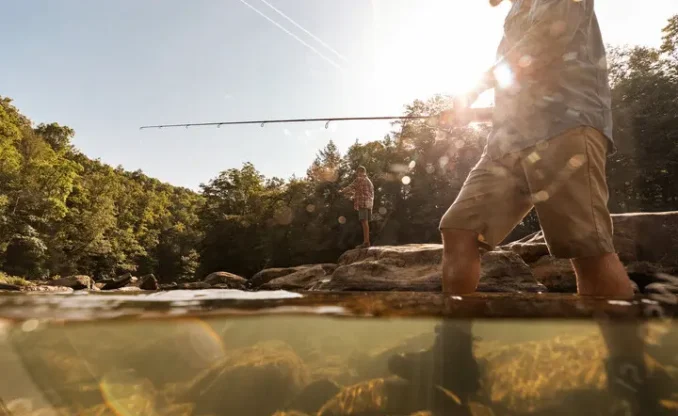Excellent food and fair.
Fox Grape – Vitis labrusca
Summer Grape – V. aestivalis
Riverbank Grape – V. riparia
Winter grape – V. vulpina
Sand Grape – V. rupestris
Muscadine – V. rotundifolia
Woody vines with old shaggy bard that trail on the ground or, more often, climb trees using coiling reddish-green tendils.
Twigs and Bark
Fox & Summer-Twigs with dense reddish hairs, tendril opposite every third leaf. Pith interrupted by woody partition at each node.
Riverbank & Winter- Tendrils missing from every third leaf. Pith interrupted by woody partition at each node.
Sand-Tendrils none or only at uppermost nodes, pith continuous.
Muscadine- Tendrils not forked, pith brown and continuous in modes. Bark smooth and dark with small dots.
Leaves
In general, are deciduous, alternate, simple and usually palmately lobed or toothed on the edge.
Fox & Summer- Red woolly felt-like hairs beneath.
Riverbank- Hairy below and long pointed leaf tips.
Winter- Smooth and green beneath.
Sand- Smooth, shiny, wider than long.
Muscadine- Small and shiny green above and below.
Flowers
Green in long clusters.
Fruit
Fox- Black or purple and sweet, ½ to 1 inch diameter.
Summer- Dark purple to black, slight white cast on fruit, ¼ to ½ inch diameter.
Riverbank- Blue to black, ½ to ½ inch diameter.
Winter- Small, black. 1/8 to ¼ inch diameter
Sand- Small, black shiny and slightly flattened, 1/8 to ¼ inch diameter.
Muscadine- Purplish, sweet and large without a white cast on fruits, ½ to 1 inch diameter.
West Virginia Range
Fox – Uncommon; Barbour, Braxton, Calhoun, Hampshire, Hancock, Hardy, Logan , Mercer, Monongalia, Morgan, Pocahontas and Ritchie Counties
Summer- Very common throughout.
Riverbank – Frequent.
Winter – Common throughout.
Sand – Uncommon; Brooke, Calhoun, Grant, Greenbrier, Hampshire, Hancock, Mason, Monongalia , Ohio , Pendleton, Preston and Wirt Counties.
Mascadine – Wyoming , Fayette, Randolph and Summers Counties.
Natural Habitat
Fox – Thickets and woodlands borders.
Summer – Woods and thickets.
Riverbank – Along streams.
Winter – Moist thickets and along streams.
Sand – Sandy streambanks, floodplains and hills.
Muscadine – Rich floodplains and bottomlands.
Wildlife Use
The ripe grapes are a favorite food of raccoon, rabbit, red squirrel, opossum, foxes, ruffed grouse, wild turkey, cardinal, mockingbird, robin, cedar waxwing, woodpeckers, mourning dove and other songbirds. Old dried grapes are especially valuable in later winter. The dense foliage of “grape tangles” and in tree tops are very valuable for cover and nest sites for many animals and birds.
Horticulture
Uses: Screens on arbors, in hedges and borders or tree tops.
Light: Shade to full sunlight.
Soil Moisture: Wet to dry, quite adaptable. Planting sites similar to natural habitats should work best.
Soil pH: Moderately acid to neutral.
Problems: Normally insect and disease problems are not serious. However, in areas of high Japanese beetle populations density of leaf cover and screening can be greatly reduced.
Compiled by: William N. Grafton, naturalist, botanist and wildlife extension specialist West Virginia University , Morgantown , West VirginiaWritten by West Virginia Native Plant Society members and jointly published with the WV Wildlife Diversity Program.



